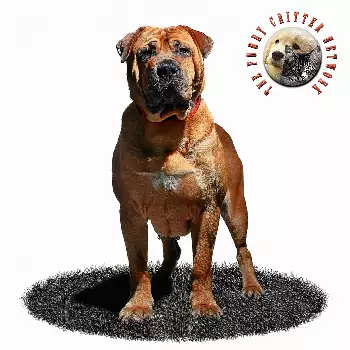The Japanese Mastiff can become an exceptional family member when placed in the appropriate household with experienced owners who understand the unique requirements and characteristics of giant mastiff breeds. Their integration into family life requires thoughtful consideration of their size, strength, and behavioral needs, but rewards dedicated families with unparalleled loyalty, gentle companionship, and reliable protection. These magnificent dogs naturally assume the role of calm, watchful guardians within their family unit, providing both security and deep emotional bonds that can last their entire lifetime.
Within the family hierarchy, Japanese Mastiffs demonstrate sophisticated social understanding, establishing clear relationships with each family member while respecting the overall household structure. They often develop particularly strong bonds with one primary person, typically the individual who provides their daily care and training, while maintaining affectionate relationships with all household members. This discrimination in relationships reflects their intelligence and emotional complexity, allowing them to serve different roles for different family members based on individual needs and preferences.
The breed's interaction with children requires careful supervision and training, though many Japanese Mastiffs display remarkable gentleness and patience with young family members. Their natural protective instincts extend strongly to children, whom they often regard as requiring special guardianship. However, their substantial size means that even gentle play or affectionate interactions can accidentally result in knocked-down children or other mishaps. Successful integration with children requires early socialization, consistent training, and ongoing supervision to ensure safe interactions.
Living space considerations for Japanese Mastiffs are substantial and must be carefully evaluated by prospective families. These dogs require adequate room to move comfortably and are best suited to homes with secure fencing and sufficient outdoor space. While some individuals may adapt to larger apartments with dedicated owners, most are happier in houses with yards where they can patrol and exercise naturally. The breed needs designated spaces within the home where they can retreat when they need quiet time or simply want to observe their domain comfortably.
Family routines and schedules work exceptionally well with Japanese Mastiffs, who thrive on predictability and structure in their daily lives. These dogs naturally integrate into household patterns and often become integral parts of family rituals, whether morning walks, evening property checks, or quiet time spent with family members. Their calm nature makes them excellent companions for families who prefer peaceful activities and aren't seeking high-energy, constantly demanding pets. They appreciate being included in family activities while respecting boundaries and expectations.
The socialization of visitors and guests requires ongoing attention and consistent management throughout the Japanese Mastiff's life. These dogs are naturally reserved with strangers and need clear guidance from their family about appropriate behavior with approved visitors. With proper introduction protocols and consistent training, they can learn to accept regular visitors while maintaining appropriate protective awareness of unfamiliar people. Family gatherings and social events may require special management to ensure both the dog's comfort and guests' security.
Exercise and activity within the family context should involve multiple family members when possible, helping to reinforce the dog's understanding of the family pack structure and their place within it. Family walks, supervised yard activities, and calm play sessions help strengthen bonds while providing necessary physical and mental stimulation. However, activities must be chosen carefully to accommodate the dog's size and strength while ensuring family members remain safe during interactions.
Training responsibilities within the family should be clearly established and consistently maintained, with one primary trainer taking leadership while other family members support established rules and boundaries. Japanese Mastiffs respond best to patient, positive training methods and need clear, respectful leadership from their human family. All family members should understand basic commands and safety protocols for interacting with such a large, powerful dog, ensuring everyone can manage the dog appropriately in various situations.
Financial considerations for families considering a Japanese Mastiff are significant and must be carefully planned for throughout the dog's 10-12 year lifespan. These dogs require substantial resources for high-quality food appropriate for giant breeds, regular veterinary care including specialized services, and various supplies sized for their substantial proportions. Families must be prepared for the ongoing financial commitment and should consider how lifestyle changes, relocations, or family additions might affect their ability to provide appropriate care.
The long-term family commitment required for Japanese Mastiff ownership cannot be understated, as these dogs deserve stability and consistency throughout their lives. Successful Japanese Mastiff families are those who research thoroughly, prepare adequately, and commit fully to providing the specialized care, training, and love that these magnificent dogs require to thrive as beloved family members for their entire lives.

